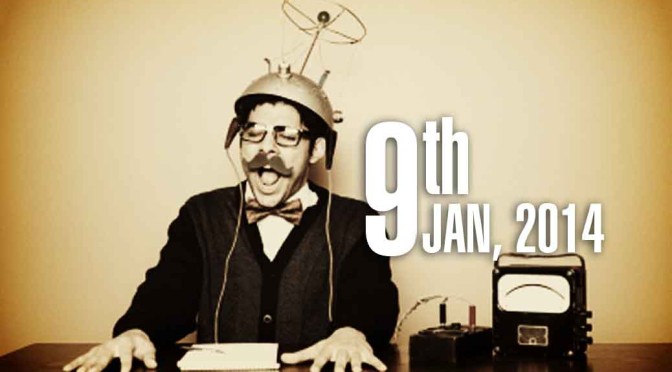By Anupum Pant
Background
Today we talk about Manchineel – An evil tree that is found in Florida, Caribbean and several other places around it. It holds the Guinness book of world record for the most dangerous tree, and you have a fair reason to stay at least ten feet away from it, if you ever go on a vacation to Florida, Caribbean or other nearby places.
What can it do?
- Touch any part of this tree, its bark, leaves, fruits etc, and you’ll be left with serious blisters on your skin. The blisters will come with an excruciating pain that even after being treated by a doctor will continue to trouble you for several days. That’s not all.
- If anything from this tree goes into your eyes, by anything I mean, even the rain water that touches the plant, you could end up with the kind of pain you’d have never experienced or could even make you go blind.
- Swallowing a part of its little apple-like fruit will ensure that you get painful blisters on the internal walls of your mouth and throat. Try eating the complete, sweet smelling and pleasant tasting fruit and it will easily kill you. In fact in Spanish they call it manzanilla de la muerte; meaning – the little apple of death.
- Try to get rid of it by breaking its branches or cutting the trunk and it will squirt its sap on your skin, inflicting you with the painful long-lasting blisters once again.
- Try burning it down, while turning into ash, it will ensure that the smoke it exudes, makes you and others standing near it, go blind.
Is this tree any useful?
Yes. The Indians that used to live around the Caribbean used the sap derived from the plant to poison their darts and arrows. Also, they used the stump of this tree to tie up invaders. It killed them within a few hours.
How to avoid?
Pretty easy! The identified trees all around the region are marked with a red sign board that clearly tells you to stay away. So, do that.
In case you find a wild unmarked tree, stay away from anything that has leaves which look like shiny apple-tree-leaves and bears a deliciously sweet-smelling yellow/green little-apple like fruit.
Fun facts:
- Despite having a bad name for its poisonous parts, there is an animal that can eat its fruit without experiencing any ill effects – A land crab found in the region. [Source]
- In the Telugu language, Manchineel means something that can never be related to a tree which turns the water to poisoned water. Manchineel translates to – pure water or potable water in Telugu.












